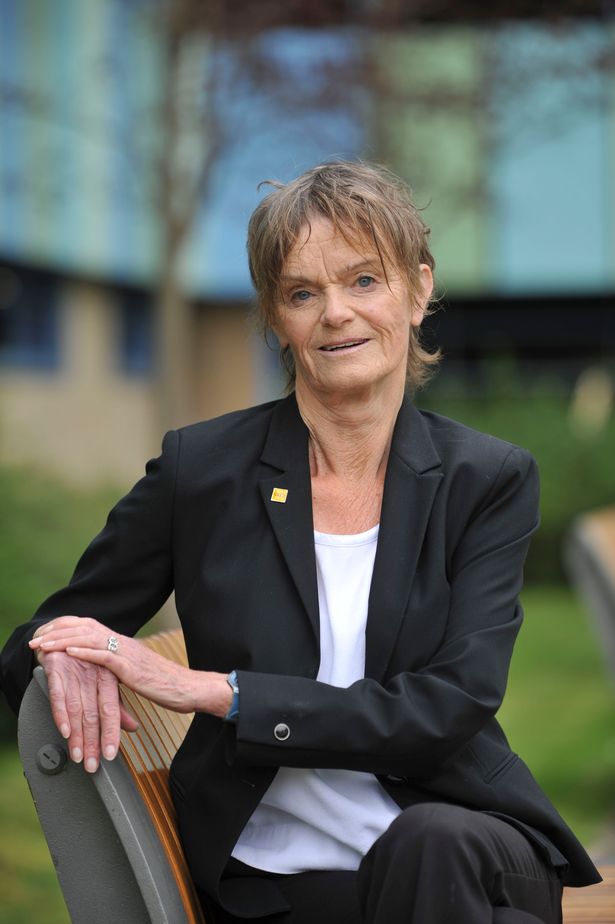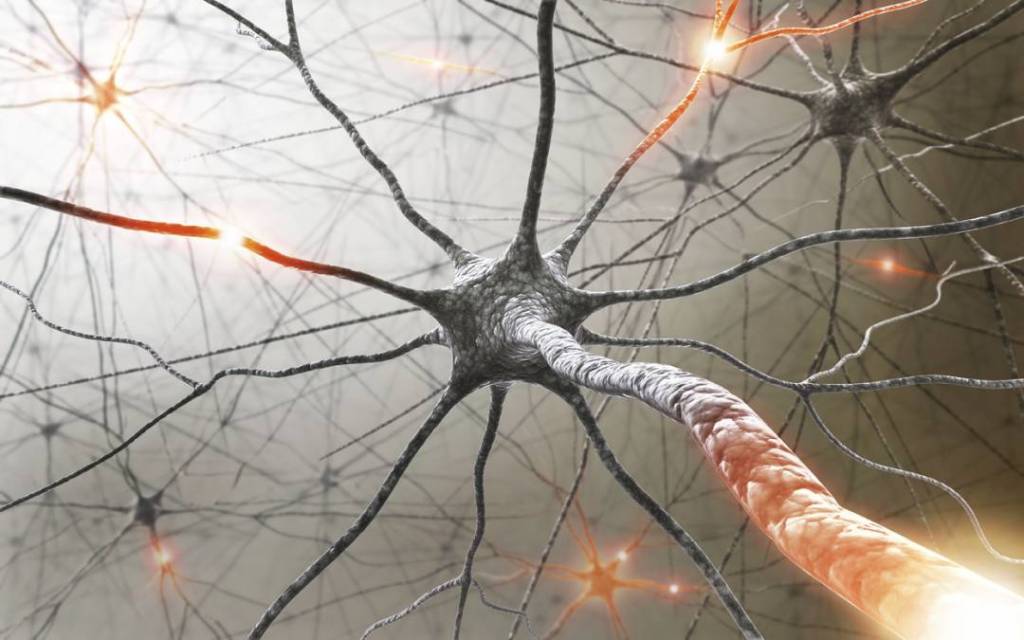Dr Su Metcalfe is sitting quietly reading through some documents in the lobby of the Judge Business School when I arrive for our interview. It would be easy to walk right past her and not know you were in the presence of a woman who could be on the verge of curing multiple sclerosis.
MS, an auto-immune condition which affects 2.3 million people around the world, attacks cells in the brain and the spinal cord, causing an array of physical and mental side effects including blindness and muscle weakness. At the moment there’s no cure, but Su and her company, LIFNano, hope to change that.

Dr Su Metcalfe of LIFNano (Photo: David Johnson)
“Some people get progressive MS, so go straight to the severe form of the disease, but the majority have a relapsing or remitting version,” she says.
“It can start from the age of 30, and there’s no cure, so all you can do is suppress the immune response, but the drugs that do that have side effects, and you can’t repair the brain. The cost of those drugs is very high, and in the UK there are a lot of people who don’t get treated at all.”
But now a solution could be in sight thanks to Su, who has married one of the body’s cleverest functions with some cutting-edge technology. The natural side of the equation is provided by a stem cell particle called a LIF.
Su was working at the university’s department of surgery when she made her big breakthrough: “I was looking to see what controls the immune response and stops it auto-attacking us,” she explains.

“I discovered a small binary switch, controlled by a LIF, which regulates inside the immune cell itself. LIF is able to control the cell to ensure it doesn’t attack your own body but then releases the attack when needed.”
“That LIF, in addition to regulating and protecting us against attack, also plays a major role in keeping the brain and spinal cord healthy. In fact it plays a major role in tissue repair generally, turning on stem cells that are naturally occurring in the body, making it a natural regenerative medicine, but also plays a big part in repairing the brain when it’s been damaged.”
“So I thought, this is fantastic. We can treat auto-immune disease, and we’ve got something to treat MS, which attacks both the brain and the spinal cord. So you have a double whammy that can stop and reverse the auto-immunity, and also repair the damage caused in the brain.”

Presumably Su, who has been in Cambridge since she was an undergraduate but retains a soft accent from her native Yorkshire, was dancing a jig of delight around her lab at this point, but she soon hit a snag; the LIF could only survive outside the cell for 20 minutes before being broken down by the body, meaning there was not enough time to deploy it in a therapy. And this is where the technology, in the form of nano-particles, comes in.
“They are made from the same material as soluble stitches, so they’re compatible with the body and they slowly dissolve,” says Su.
“We load the cargo of the LIF into those particles, which become the delivery device that slowly dissolve and deliver the LIF over five days. The nano-particle itself is a protective environment, and the enzymes that break it down can’t access it. You can also decorate the surface of the particles with antibodies, so it becomes a homing device that can target specific parts of the brain, for example. So you get the right dose, in the right place, and at the right time.”
The particles themselves were developed at Yale University, which is listed as co-inventor with Su on the IP. But LIFNano has the worldwide licence to deploy them, and Su believes we are on the verge of a step-change in medicine.
She says: “Nano-medicine is a new era, and big pharma has already entered this space to deliver drugs while trying to avoid the side effects. The quantum leap is to actually go into biologics and tap into the natural pathways of the body.”
“We’re not using any drugs, we’re simply switching on the body’s own systems of self-tolerance and repair. There aren’t any side effects because all we’re doing is tipping the balance. Auto-immunity happens when that balance has gone awry slightly, and we simply reset that. Once you’ve done that, it becomes self-sustaining and you don’t have to keep giving therapy, because the body has its balance back.”
LIFNano has already attracted two major funding awards, from drug firm Merck and the Government’s Innovate UK agency. Su herself is something of a novice when it comes to business, but has recruited cannily in the form of chairman Florian Kemmerich and ceo Oliver Jarry, both experienced operators in the pharma sector. With the support of the Judge, the company hopes to attract more investment, with the aim of starting clinical trials in 2020.
“The 2020 date is ambitious, but with the funding we’ve got and the funding we’re hoping to raise, it should be possible,” says Su.
“We’ve got everything we need in place to make the nano-particles in a clinically compliant manner, it’s just a case of flicking the switch when we have the money. We’re looking at VCs and big pharma, because they have a strong interest in this area. We’re doing all our pre-clinical work concurrently while bringing in the major funds the company needs to go forward in its own right.”
Immune cells have been a big part of Su’s career, and as we talk, her passion for her subject is obvious. “I wanted to understand something that was so simple on one level but also so complex,” she says.
“The immune cell is the only single cell in the body that is its own unity, so it functions alone. It’s probably one of the most powerful cells in the body because it can kill you, and if you haven’t got it you die because you haven’t got it.”
And MS may just be the start for LIFNano.
“MS is our key driver at the moment, but it’s going to be leading through to other major auto-immune disease areas,” Su adds.
“Psoriasis is high up on our list, and diabetes is another. Downstream there are all the dementias, because a LIF is a major health factor for the brain. So if we can get it into the brain we can start protecting against dementia.”
Now that would be something.
Original Source: Cambridge News UK














